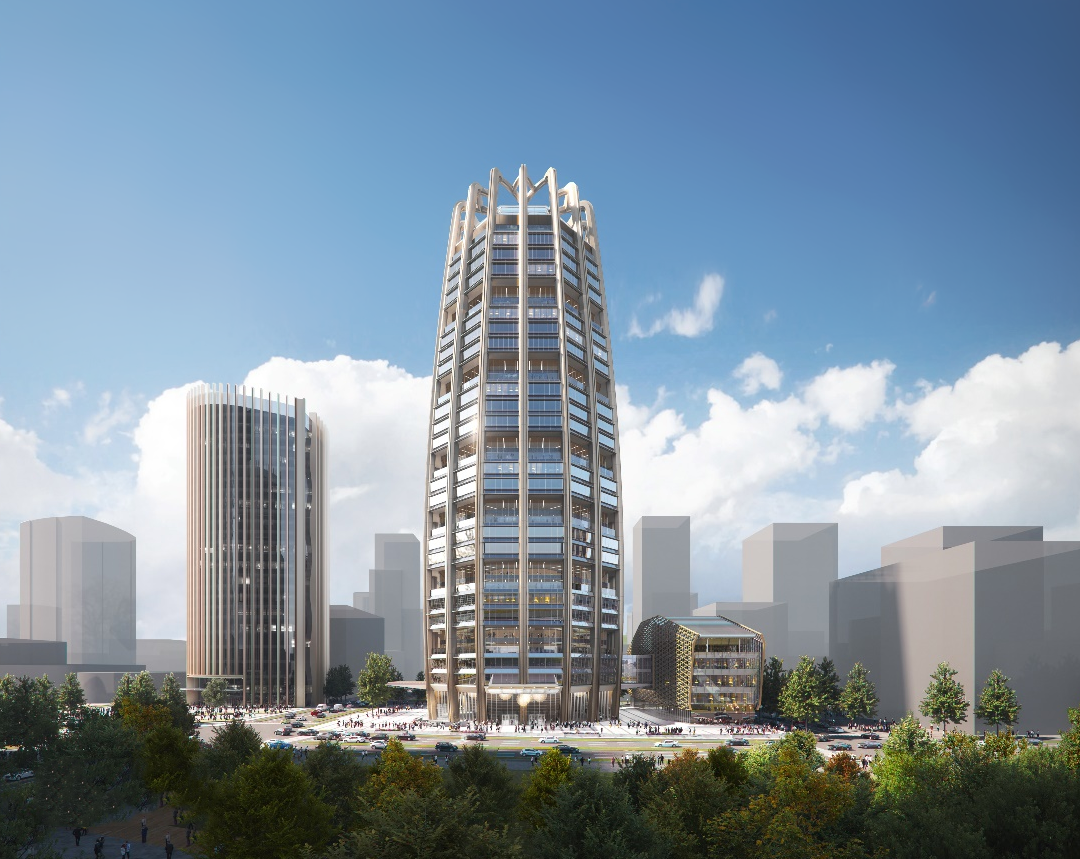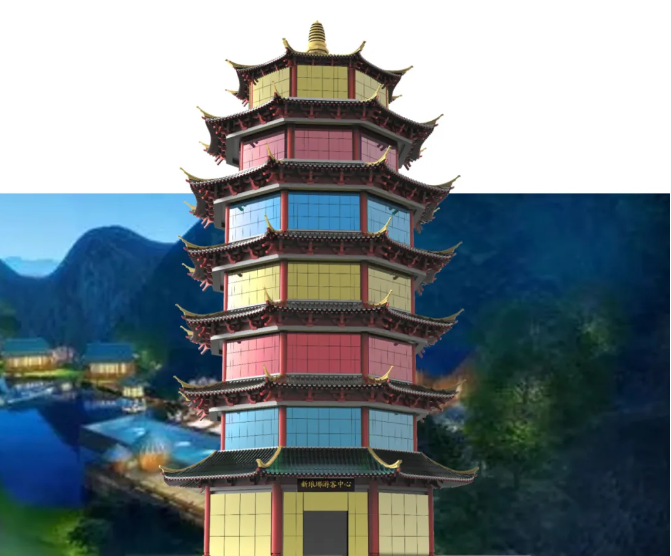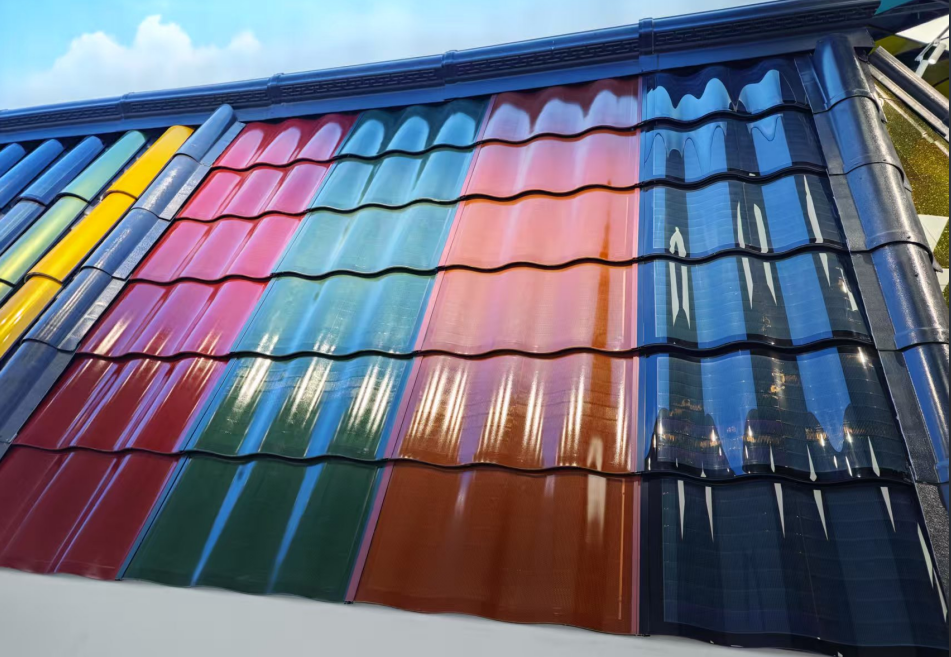CONSMOS GROUP
BIPV (Building Integrated Photovoltaics) refers to integrating photovoltaic modules directly into building materials (such as glass curtain walls and roof tiles). It serves both as a power generation device and a part of the building structure, combining functionality and aesthetics.

Advantages of BIPV
1. Efficient Space Utilization
BIPV can directly replace building materials without requiring additional land or installation space, making it particularly suitable for cities with scarce land resources.
2.Enhanced Architectural Aesthetics
BIPV allows for customized designs (such as translucent and colored modules) to meet design requirements, transforming buildings into "technological artworks".
3.Economic Benefits
It reduces the cost of building envelopes and saves electricity bills in the long term.
4.Energy Conservation and Carbon Reduction
BIPV significantly reduces buildings' reliance on traditional power grids, helping them achieve "net-zero emissions" and aligning with the global sustainable development trend.

Application Scenarios of BIPV
1. Roof Systems
Photovoltaic tiles and thin-film modules replace traditional materials on the roofs of industrial and commercial factories, residential buildings, and public buildings to reduce energy consumption and generate electricity (e.g., flat roofs of factories, photovoltaic tiles for villas).

2. Curtain Walls and Facades
Photovoltaic glass curtain walls of office buildings and hotels offer adjustable light transmission, while colored photovoltaic modules are integrated into facade sunshades and decorative panels to balance aesthetics and power generation.

3. Windows and Sunshades
Semi-transparent photovoltaic skylights are used for the lighting roofs of shopping malls, and components are embedded in sunshade louvers and canopies to achieve sunshade, rain protection, and self-sufficient power use.
4. Special Structures
Photovoltaics are integrated into facilities such as carports, agricultural greenhouses, and highway sound barriers to expand power generation scenarios (e.g., charging pile canopies, translucent greenhouses).
5.Urban Facilities: Public facilities like bus stops, landscape pavilions, and streetlights are combined with photovoltaics to create low-carbon urban spaces.

BIPV is not just an energy technology but also a revolution in architectural philosophy. It perfectly integrates solar power generation with architectural design, saving costs, protecting the environment, and enhancing the aesthetics and technological appeal of buildings. Whether in residential, commercial, public, or industrial buildings, BIPV can play a significant role.